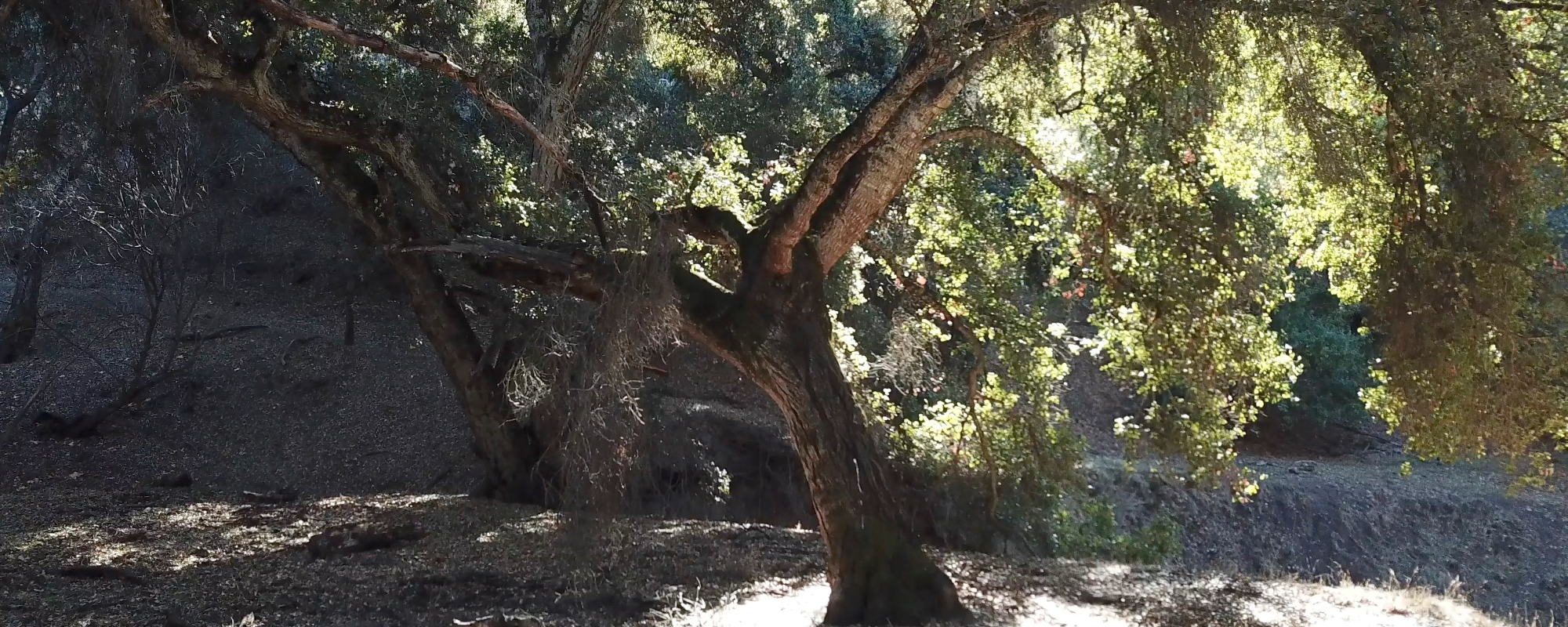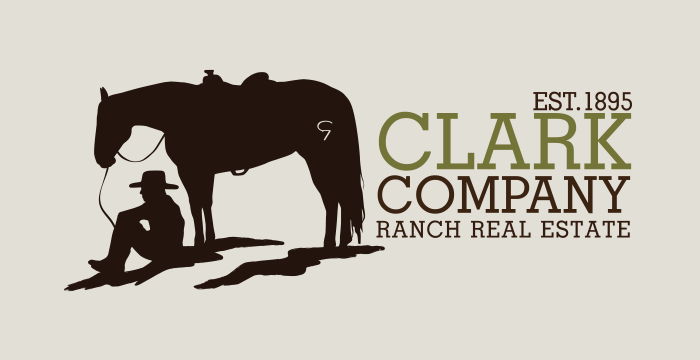Fighting Fire with Land Management
While this summer’s devastating wildfires in Canada and Maui dominated recent international headlines, this increasingly urgent problem is nothing new for California’s ranchers.
According to the California Air Resources Board, changes in climate is increasing the frequency and severity of wildfires not only in California but also all over the world. In California, the area burned by wildfires each year has been increasing since 1950, as spring and summer temperatures have warmed, and spring snowmelt has occurred earlier.
.png)
During the recent “hotter” drought, unusually warm temperatures intensified the effects of very low precipitation and snowpack, creating conditions for extreme, severe wildfires that spread rapidly. According to the California Department of Forestry and Fire Protection, 12 of the 20 largest fires in California’s history have occurred since 2017 .
In 2020, the August Complex fire, the largest in California’s history, burned from August 18 to November 12, destroying more than 1 million acres across the Coast Range in seven northern counties. The heavily timbered, mountainous counties included private ranches and public grazing allotments. The economic and ecological damage was catastrophic.
The ongoing fires highlight what many believe to be a major flaw in the philosophy governing the management of public land. For decades now, agencies have adopted an overly cautious mindset when managing forests and rangelands, choosing to “preserve” instead of “conserve.” Preservation maintains that landscapes should be left untouched, while conservation, the philosophy embraced by ranchers, engenders active management to keep ecosystems functioning at their best and most productive levels.
California cattle producers have joined forces with like-minded people to meet this challenge just as they have all the others that threaten their livelihood and lifestyle. Standing shoulder-to-shoulder, they are working tirelessly with their colleagues in various government agencies to educate elected officials, other agency personnel and the public about the benefits of prescribed burning and well-managed rotational cattle grazing as practical, ecologically-sound ways to help prevent wildfires.
Their efforts—and land stewardship—became even more important after last winter’s record-setting rain and snowpack. While the historic moisture didn’t break the long-term drought, it prompted a lush grass crop. Once it dries, dense grass creates a massive fine fuel load. When that grass grows unchecked to the edge of the forest that is filled with thick stands of dried brush, the stage is set for rampaging wildfires.
Benefits of Active Management
Ranchers, foresters, and farmers know that nature isn’t static, and humans are part of the ecological equation; therefore, ecosystems require constant “cultivation” to keep them healthy and functioning. Prior to European settlement, large, nomadic herds of grazing animals moved across the landscape. Wildfires, started by lightning strikes or native peoples, burned periodically.
Our ecosystems evolved with grazing and fire. Well-managed rotational grazing and prescribed fire mimic those evolutionary forces.
In addition to reducing fuel loads and opening up the forest understory, both practices help control invasive plant species and increase biodiversity. Emmett Rothweiler, who owns the Dixie Valley Ranch and leases the Bear Valley Ranch, credits well-managed grazing with enhancing the annual wildflower bloom on the Bear Valley property. The region’s well-known “super bloom” attracts visitors from all over the state to the remote valley.
.png)
Rothweiler uses the guests’ interest in the wildflowers to educate them on the role of well-managed grazing. His landscape is so popular that he added a “wildflower gate” to allow people to enter the property without committing unthinking trespass or damaging his fence. From his perspective, the effort is worth it because the visitors, who are voters, leave with a greater appreciation of cattle and their positive impact on the environment.
Prescribed burning, which only takes place with adequate supervision under a very specific set of conditions, also provides an unexpected benefit that is counterintuitive. A study, referenced by professor and cattleman Dr. Dave Daley in his April 2021 testimony to the House Natural Resources Subcomittee on National Parks, Forests and Public Lands, found that particulate matter in wildfire smoke can be up to 10 times more harmful for human health than particles from other sources, including other types of fires like prescribed fires.
Prescribed fires involve much smaller acreages for a shorter duration and emit a lower smoke load. The smoke is much more easily absorbed into the atmosphere. Because of the size, scale and finite fuel load, the amount of carbon released as part of a prescribed burn is significantly less than that emitted by a wildfire.
Also, prescribed fires, especially those conducted in cool season, burn at a lower temperature than wildfires. As a result, native seed banks remain viable, and the soil is not sterilized but enriched by the release of nutrients that had been bound up in the dried plant material.
Positive Progress
Range Improvement Associations, community- or regionally based organizations of private practitioners who work together to apply fire to the landscape, got their start in California. The concept moved to the Midwest where the groups were dubbed Prescribed Burn Associations. California has both; the first PBA was formed in 2017. RIAs and PBAs serve the same function. Their conscientious practices have demonstrated the efficacy of prescribed burning and their advocacy has raised its profile.
.png)
In an article in the August 2023 issue of the California Cattleman, Jeffrey Stackhouse, a CCA Fire Subcommittee member, estimated there are now 20-30 active PBAs in California working in 20 counties. The interest and demand are spurring rapid development. In addition to ranchers wanting to improve their range, non-ranching landowners are embracing prescribed burning as a way of bettering their wildlife habitat. Landowners and beneficial fire advocates are also reporting a “positive change of heart” in state natural resource management agencies when it comes to prescribed burns.
Last year, the California Wildfire and Forest Resilience Task Force issued a strategic plan for expanding the use of beneficial fire. As part of the plan, the task force established acreage targets for a broad spectrum of state and federal agencies, California Native American tribes, and nongovernmental partners. Land managers will seek to deploy beneficial fire on 400,000 acres annually by 2025.
In addition, the strategic plan will help build a culture of beneficial fire that will guide forest management in California for the decades to come. The culture will include policies, programs, capacity and knowledge necessary to deploy beneficial fire to meet the state’s ecological, climate, public safety, public health, and cultural needs.
Under the leadership of the governor and the legislature, the state invested $1.5 billion in wildfire resilience in 2021 alone. The Wildfire Resilience Program, created in 2018, assists landowners with technical and financial assistance. As one example of the program’s impact, funds are available to purchase conservation easements for working forests that keep them from being converted to non-forest uses.
As a move to reduce other barriers to prescribed burning, the state legislature created a Prescribed Fire Claims Pilot Project, which contains $20 million. Through the fund, certified burn bosses who meet certain requirements can get up to $2 million liability coverage. The pilot project runs through January 1, 2028.
“In a fashion that is typical of California’s agricultural producers, our ranching community is using innovation, practicality and grit to move the state toward a better, more sustainable future,” said Pete Clark, President and Ranch Real Estate Broker at Clark Company in San Luis Obispo County, California. “Sometimes it takes fighting fire with fire.”

